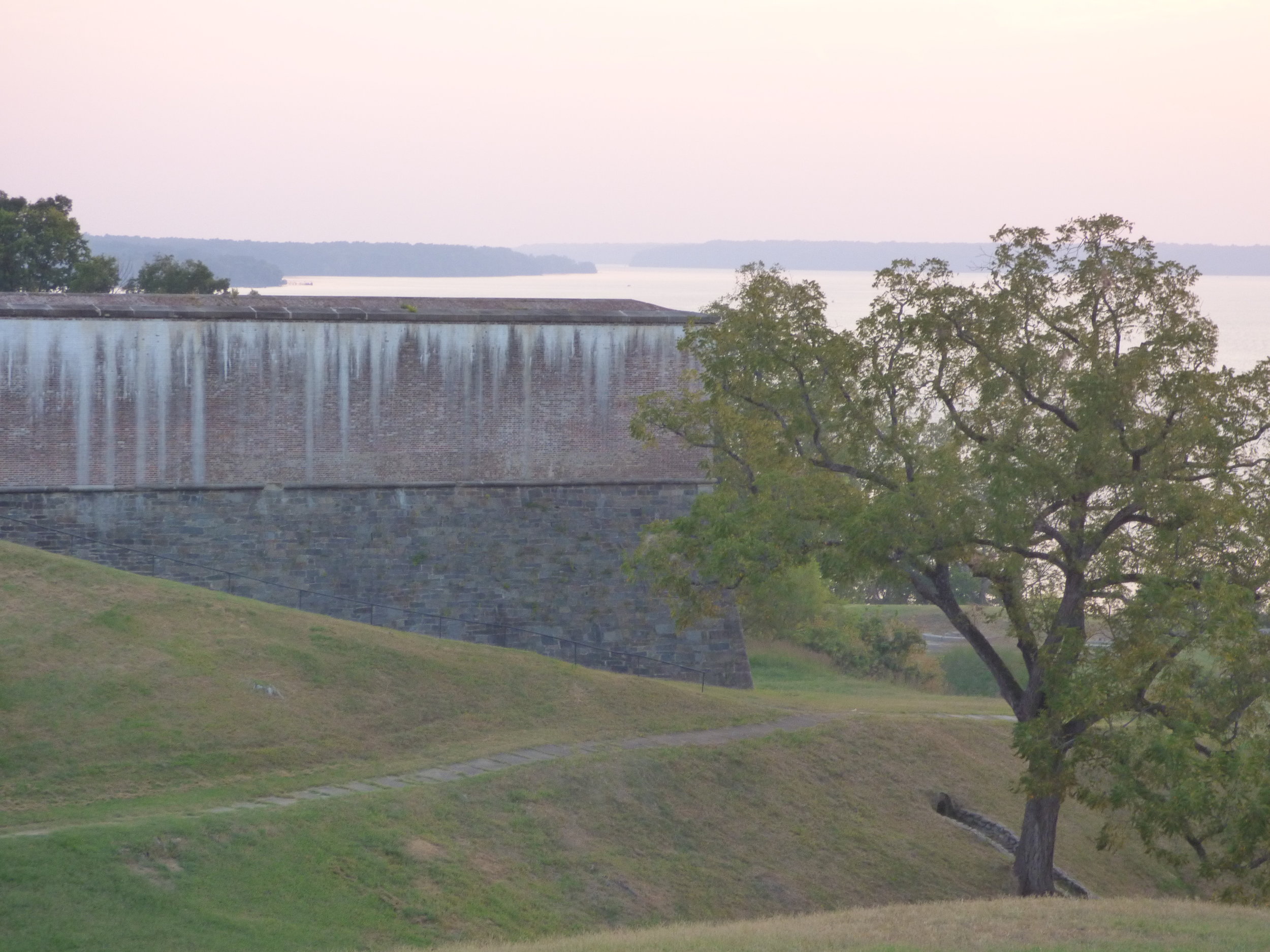A Brave and Gallant Soldier at the Battle of Bunker Hill
In June of 1775, Revolutionary forces got word of a British plan to capture high areas around Boston in an effort to squash the Colonial uprising. Colonial forces, made up of about 1,000 men from Connecticut and Massachusetts marched to an area on the Charlestown peninsula to lay claim to this area before British troops could get there.
Colonial leaders hoped to fortify an area called Bunker Hill. So on the night of June 16, 1775, Revolutionary forces marched to the Charlestown peninsula to set up a fortified area, in anticipation of the British advancement.
When they got there, they ended up fortifying an area that would become known as Breed’s Hill—instead of the higher Bunker Hill.
They next morning, British troops noticed the presence of American men atop the hill and they decided to coordinate an assault.
Cannon fire was first used to bombard the American-held area, then troops were sent in to finish the job. Despite the expected onslaught, Colonial forces were ordered to dig in and to maintain their position.
Some 2,400 British soldiers assembled and made their way to the peninsula to stage their attack and to rid the area of Colonial forces.
The first set of British forces were meant to deceive the American forces, while a second wave was planning to flank them on the right and take the fortified area that they had built.
While all of this was going on, 800 more men from New Hampshire showed up to help the Colonial soldiers.
When the British launched their attack they were met with staunch resistance from the Colonial forces and the terrain on the Charlestown peninsula proved difficult for them to navigate. Colonial forces slaughtered British troops and they were forced to retreat.
Colonial forces were low on ammunition and were told to wait until the British troops came within a closer range to fire. The story about an officer saying, “Don’t fire until you see the whites of their eyes!”, is not true. It developed later on as a part of the legend of the battle.
After much back-and-forth and battling, British troops were finally able to reach the fortified area and to overtake the Colonial forces. Colonial men fought with bayonets and eventually retreated.
While the battle was technically a victory for the British, it was a moral victory for the American soldiers and it would go down as one of the most famous battles in American history. Over 1,000 British soldiers and officers were killed or wounded.
One soldier was singled out in a special way for his outstanding service and bravery. He was an African-American man and he was singled out in this way:
“To the Honorable General Court of the Massachusetts Bay: The subscribers beg leave to report to your Honorable House (which we do in justice to the character of so brave a man), that, under our own observation, we declare that a negro man, called Salem Poor, of Col. Frye’s regiment, Capt. Ames’ company, in the late battle at Charlestown, behaved like an experienced officer, as well as an excellent soldier. To set forth particulars of his conduct would be tedious. We would beg leave to say, in the person of this said negro, centres a brave and gallant soldier. The reward due to so great and distinguished a character, we submit to the Congress.”
Cambridge, Dec. 5, 1775.
This request for recognition and letter of praise was signed by 14 of the officers who were present, that day, at the Battle of Bunker Hill.
When I was in school I was told about the saying, “Don’t fire until you see the whites of their eyes!” (which as it turns out is not true). This story made it into classrooms and into schools, for years.
But, the story of Salem’s bravery at Bunker Hill, which actually did happen and for which there is documented record, has rarely made it into classrooms and into our schools.
I wonder why?
©️2017 Danita Smith, Red and Black Ink, LLC
References:
African American Perspectives: Pamphlets from the Daniel A. P. Murray Collection, 1818-1907. Rare Book & Special Collections Division
“A Reading on Slavery, from the Early Presidents.” Opinions of the Early Presidents, and of the Fathers of the Republic, upon Slavery and upon Negroes as Men and Soldiers. New York: W.C. Bryant & Co., printers, 1863.
National Museum of African American History and Culture. “Peter Salem and the Battle of Bunker Hill.” Accessed November 2017. https://nmaahc.si.edu/blog/peter-salem-and-battle-bunker-hill
National Park Service. “The American Revolution.” Salem Poor “A Brave and Gallant Soldier”. Accessed November 2017. https://www.nps.gov/revwar/about_the_revolution/salem_poor.html
National Park Service. National Historic Park: Massachusetts. Bunker Hill Monument. Accessed November 2017. https://www.nps.gov/bost/learn/historyculture/bhm.htm
Today in History. “The Battle of Bunker Hill.” Library of Congress. Accessed November 2017. https://www.loc.gov/item/today-in-history/june-17/

